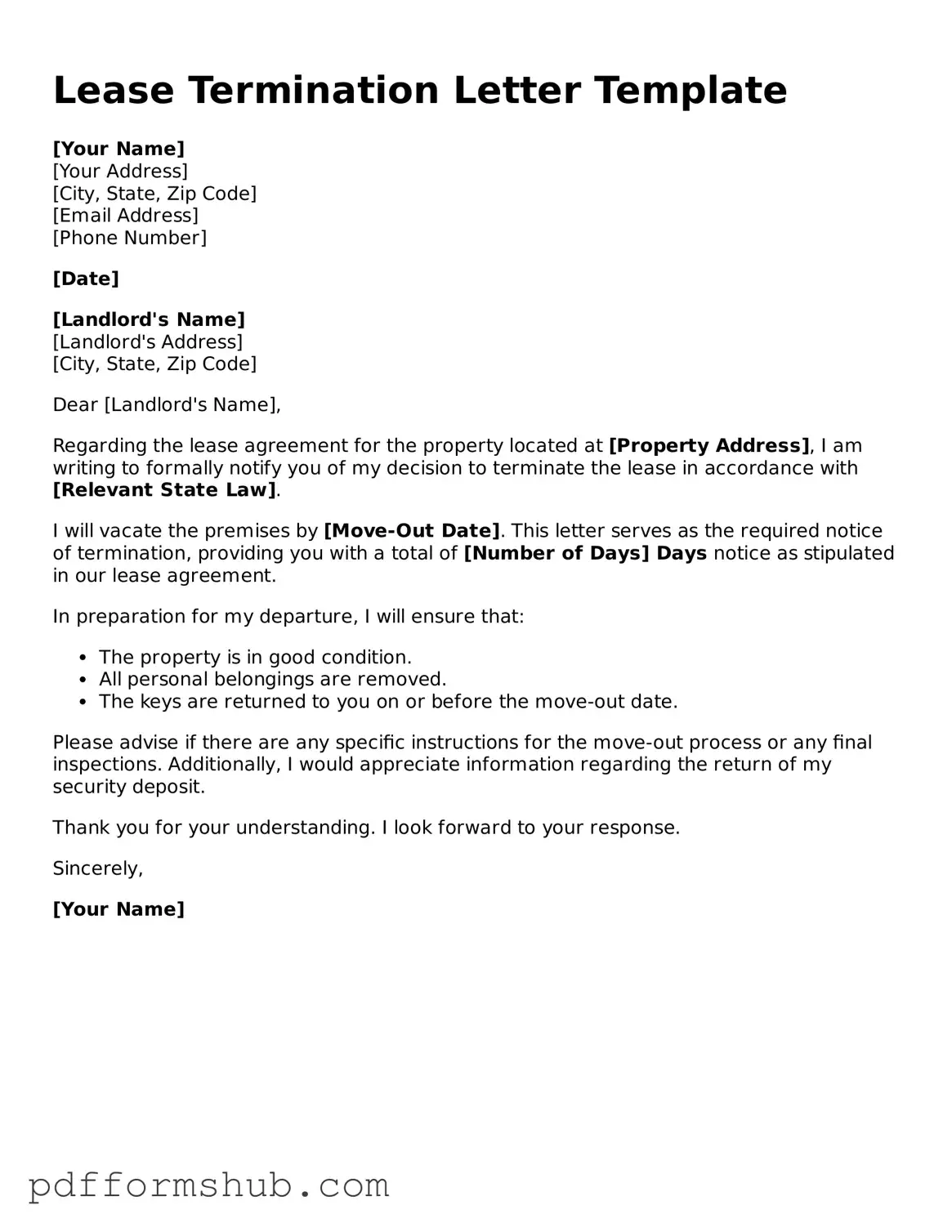Valid Lease Termination Letter Form
A Lease Termination Letter form is a formal document used by tenants or landlords to notify the other party of the intention to end a lease agreement. This letter outlines essential details such as the termination date and any relevant conditions. Understanding how to properly fill out this form is crucial for ensuring a smooth transition, so take the first step by clicking the button below.
Customize Form
